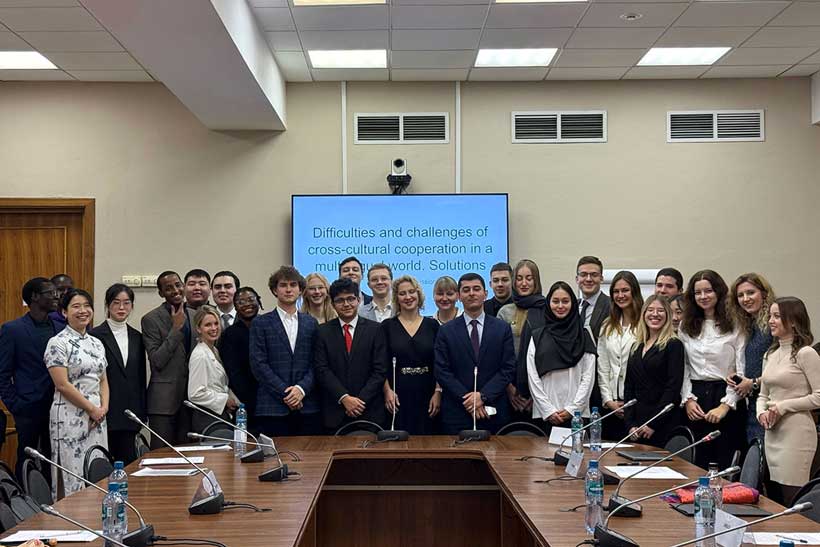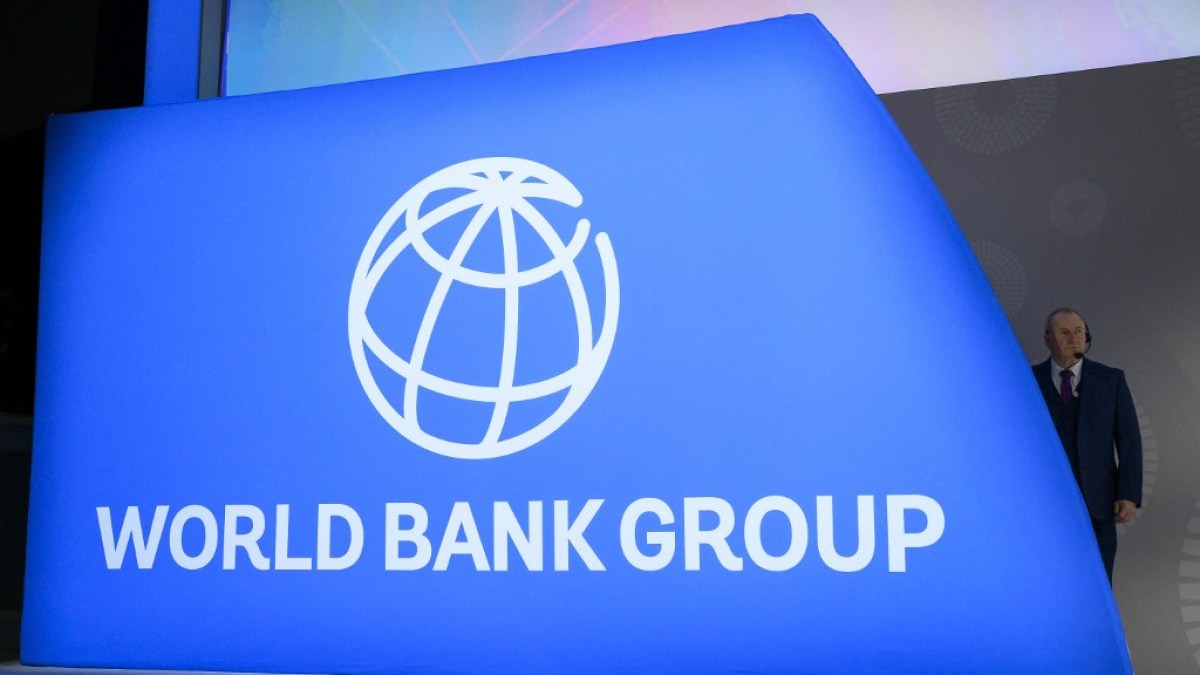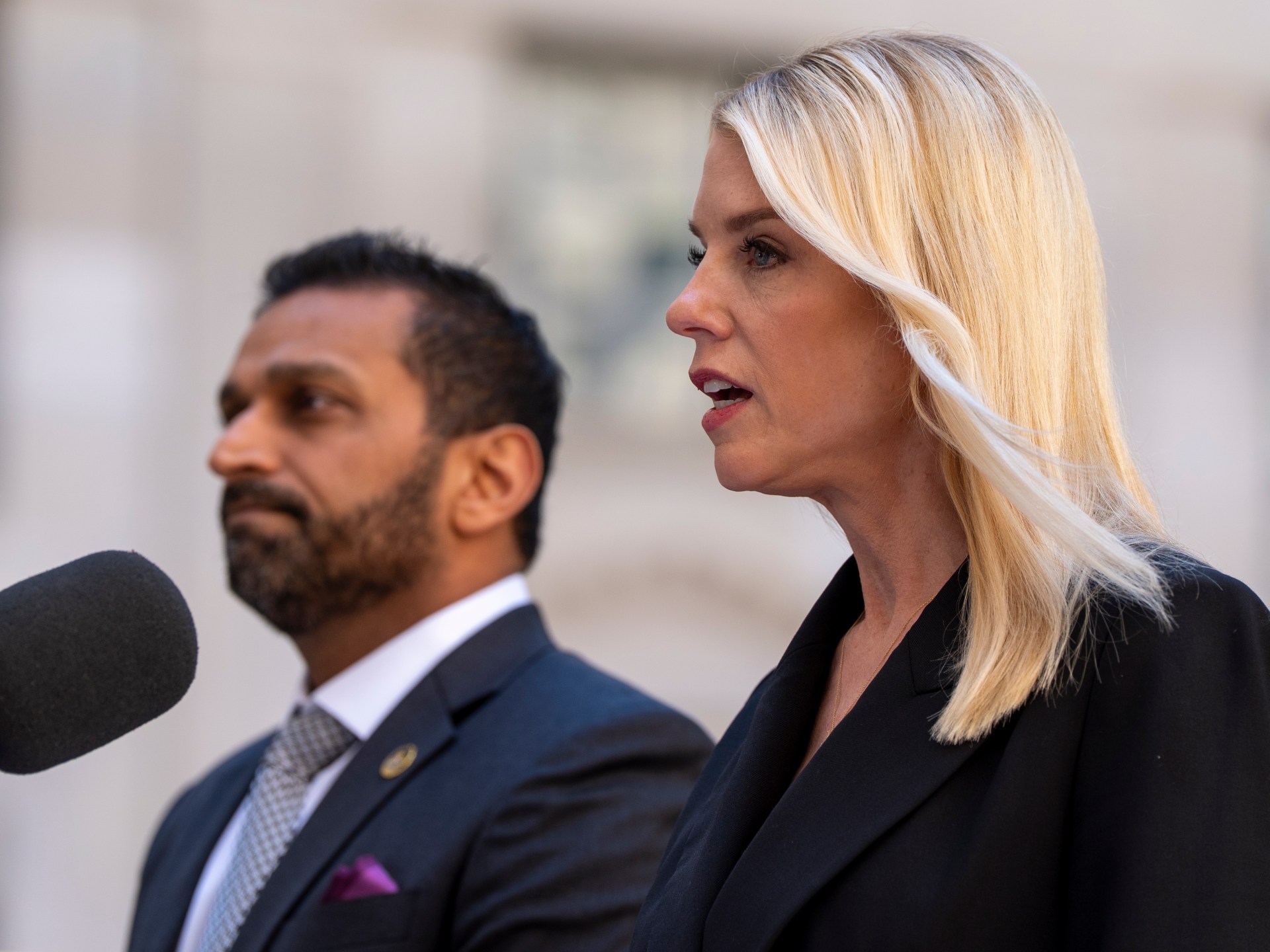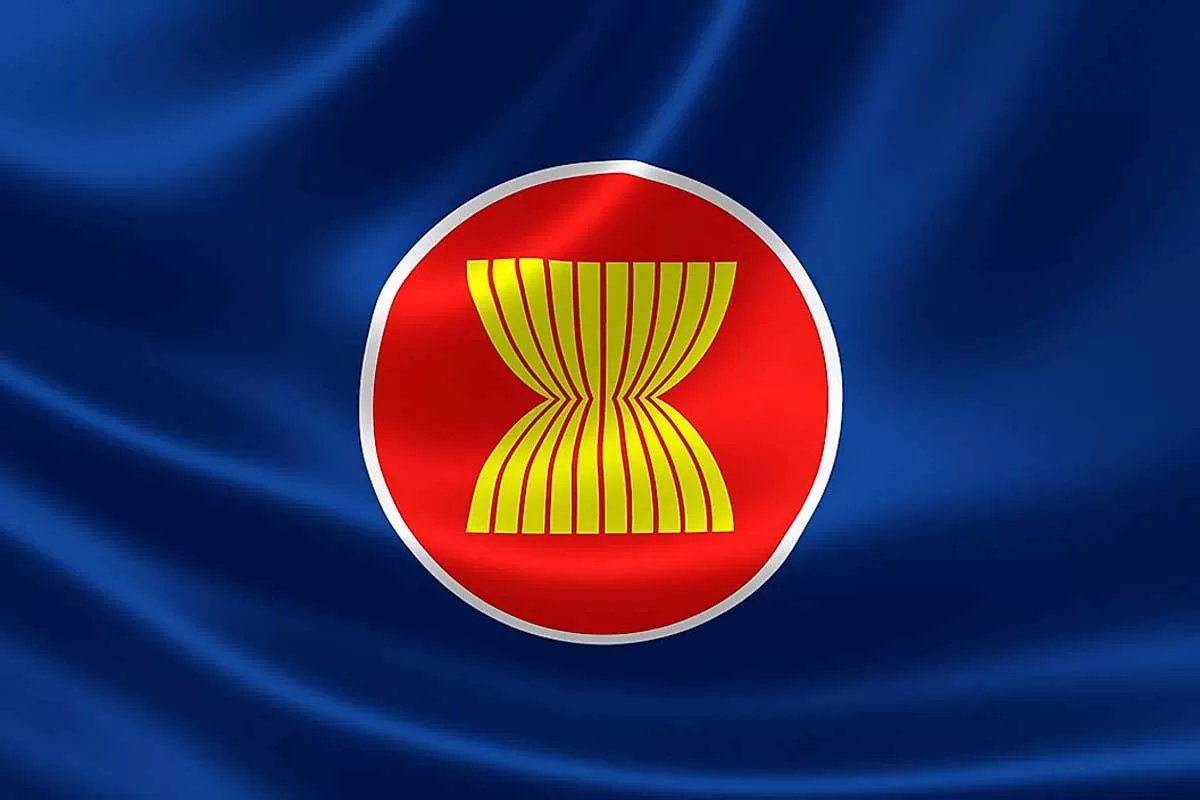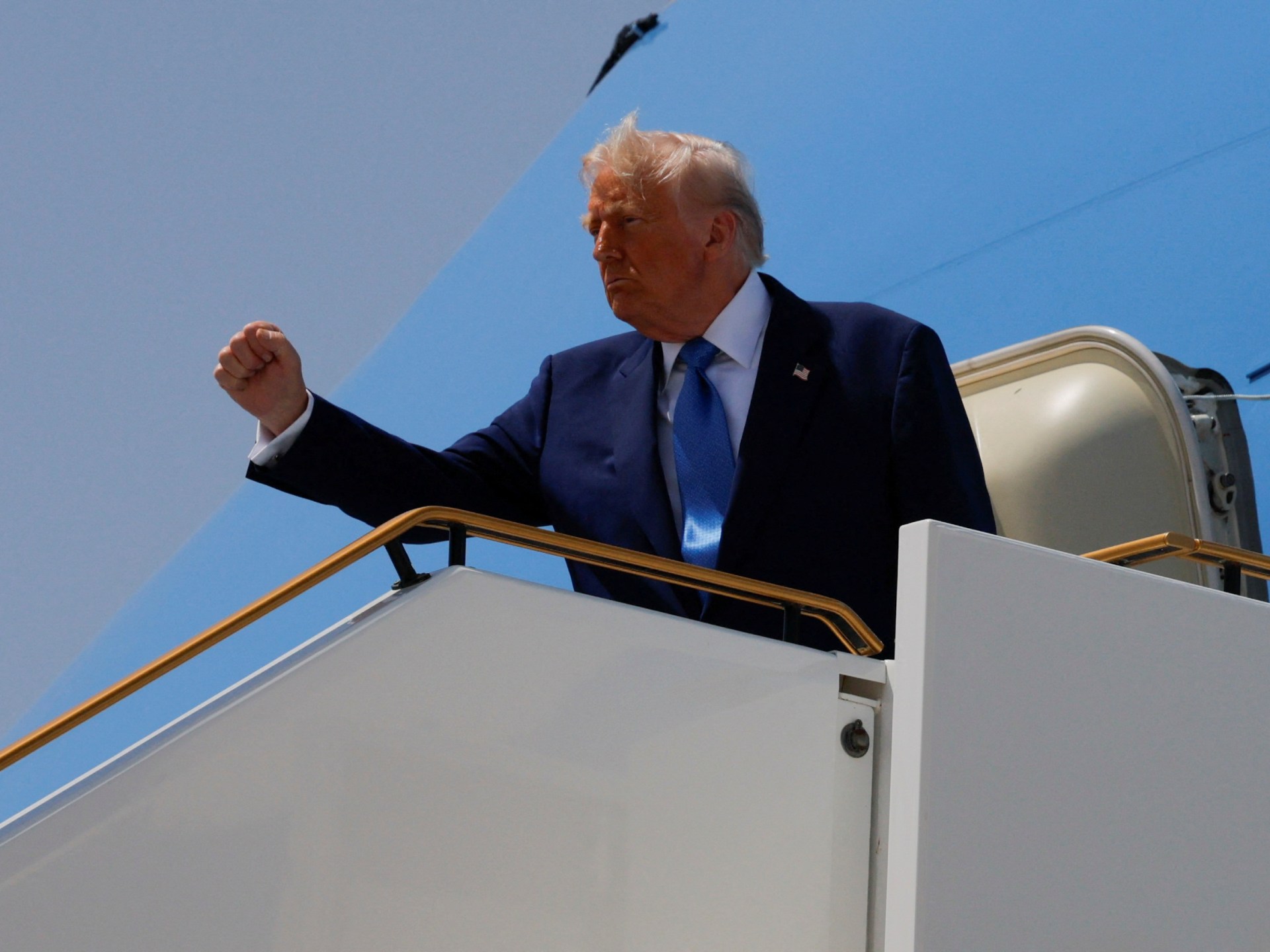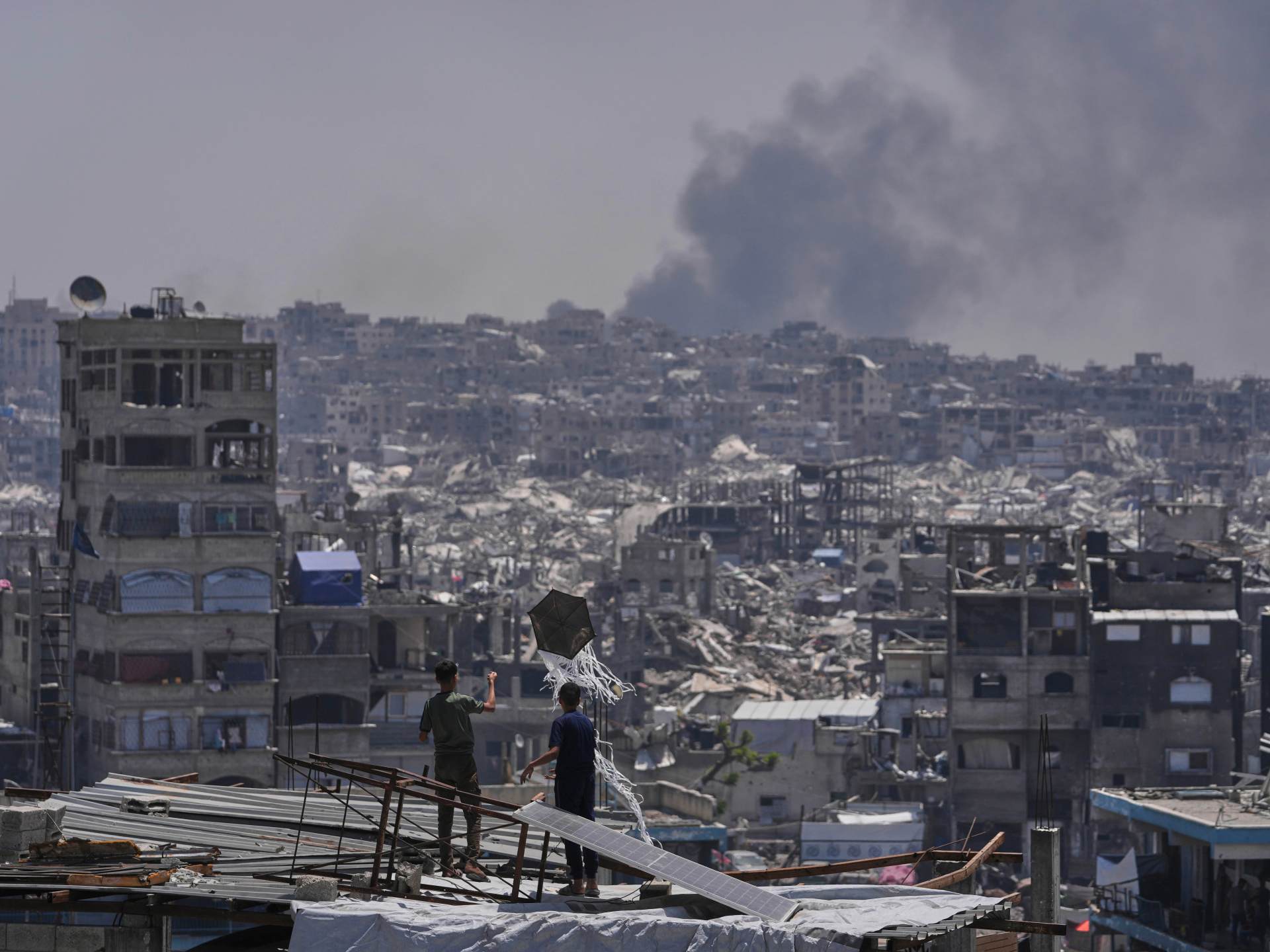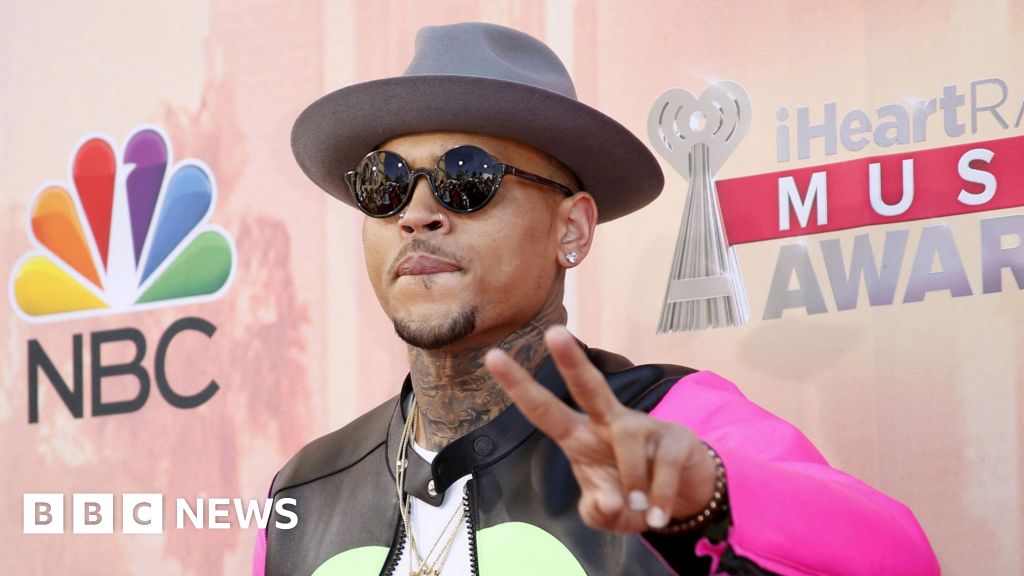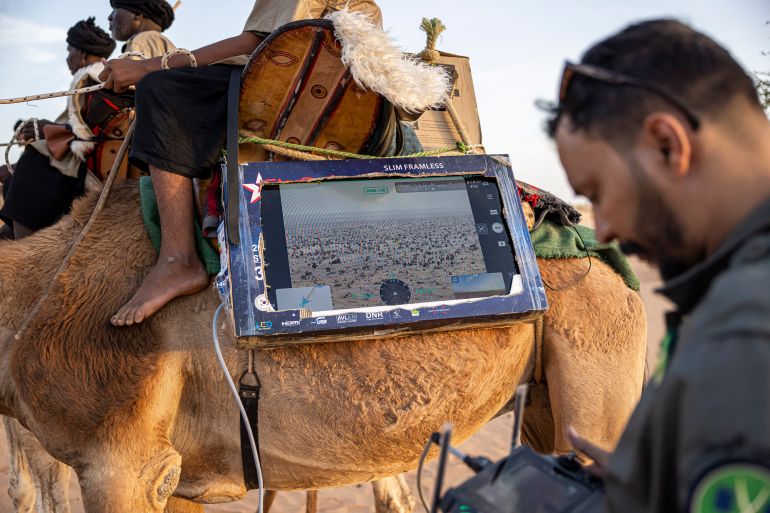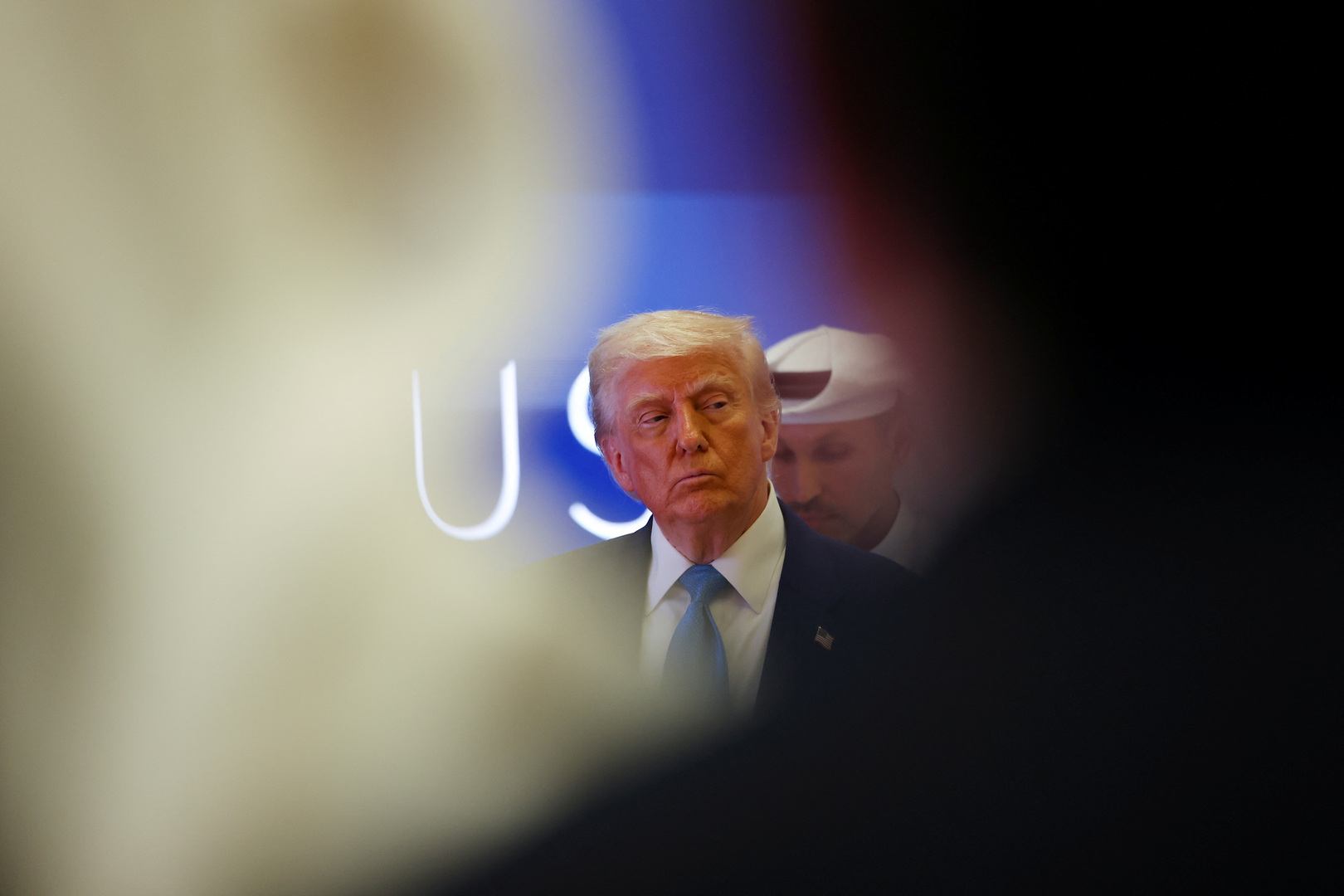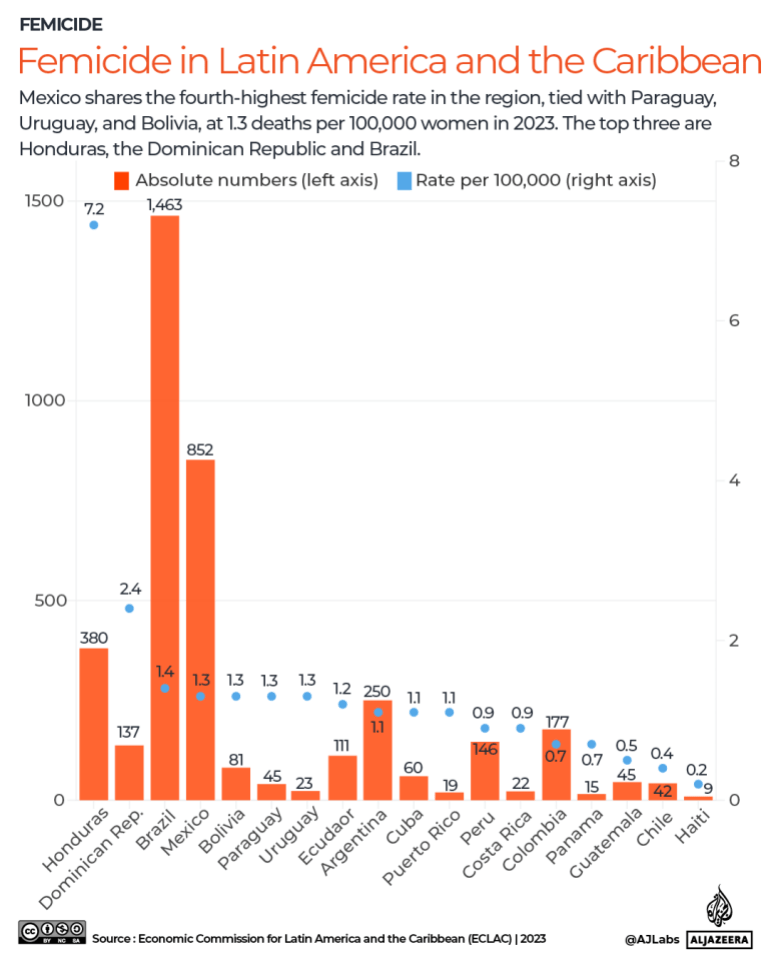Why Sean ‘Diddy’ Combs’s trial hinges on ex-girlfriend Cassie’s testimony
BBC News in New York court
 Reuters
ReutersIn a trial that is undoing the legacy of one of music’s biggest moguls of the 2000s, the focus of the opening week of proceedings was not Sean “Diddy” Combs himself – but his ex-girlfriend.
R&B singer Cassandra “Cassie” Ventura took the witness stand for four days, describing in emotion details the years of beatings and drug-fuelled sex encounters with prostitutes that she alleges she endured at the hands of the rap superstar, who she dated for more than a decade.
But while her story clearly left an impression on those in the courtroom, which one onlooker described as an “aura of sadness”, it is just one piece in the puzzle that prosecutors must present to prove that Mr Combs was not just an abuser, but a mastermind of a criminal, sexual enterprise.
On Tuesday, gasps erupted in a Manhattan overflow courtroom when prosecutors called Ms Ventura – their star witness – to the stand. All eyes were fixed on the eight-months pregnant singer, as she strolled past her ex-boyfriend, whom she had not seen in six years.
Ms Ventura was there to testify in the federal sex trafficking, racketeering and prostitution case against Mr Combs, whom she accuses of abusing her and coercing her into unwanted sex acts – so-called “freak-offs” – during their 11-and-a-half year relationship.
Mr Combs is charged with racketeering conspiracy, sex trafficking and transportation to engage in prostitution – all of which he has vehemently denied.
Surrounded by his children and dozens of family and friends, Mr Combs has watched Ms Ventura from his chair at the defence table just a few dozen feet away.
All the while, US District Judge Arun Subramanian has pushed attorneys to stay on schedule, as prosecutors have expressed worry their star witness could go into labour with her third child as soon as this weekend.
An aspiring musician falls in love with a ‘larger-than-life’ rapper
On her first day on the stand, Ms Ventura began by taking prosecutors through the start of her tumultuous relationship with Mr Combs, whom she met when she was a 19-year-old aspiring musician. Mr Combs, 17 years her senior, signed her onto his record label.
Their romantic relationship began soon after, when Ms Ventura fell in love with the “larger-than-life” musician and entrepreneur, she said. But it was not long before she noticed a “different” side to him, Ms Ventura testified, at times wiping the tears from her eyes.
Mr Combs, she said, wanted to control every aspect of her life. He paid for her rent, her car, and her phone, sometimes taking the items away to “punish” her when he was upset, she said.
Eventually, the relationship turned violent. She testified about the time when he attacked her because she was sleeping, slashing her eyebrow as he threw her onto the corner of her bed as her two friends tried to stop him. The court was shown a photo of the gash that Ms Ventura said Mr Combs hired a plastic surgeon to fix secretly. There was another time at a party where he kicked her head as she cowered behind a toilet in a bathroom stall, she said.
While jurors remained concentrated on her testimony and the evidence, betraying little emotion, some in the courtroom wiped away tears or looked away from the graphic photos and videos – including the viral video of Mr Combs beating and dragging Ms Ventura in the hallway of the InterContinental Hotel in Los Angeles in 2016.
Published by CNN last year, the video has been viewed by millions – including many of the jurors before they were seated in the trial – and Ms Ventura, who was forced to rewatch the incident of abuse several times this week.
Freak-offs become ‘a job’
Ms Ventura testified that the hotel incident took place after she tried to leave a “freak-off”, a sexual encounter in which the couple would hire male escorts to have sex with Ms Ventura while Mr Combs watched and recorded from the corner.
Ms Ventura said the rapper introduced her to freak-offs around a year into their relationship, and at first, she did it to make him happy.
But over time, the encounters humiliated her, she said. They would sometimes last as long as four days, and require Ms Ventura to take countless drugs to stay awake, she said. She endured injuries like painful urinary tract infections – and once even blacked out, waking up in the shower, she said.
“It made me feel worthless,” she told the court. “Freak-offs became a job where there was no space to do anything else but to recover and just try to feel normal again.”
The couple would go on to have “hundreds” of freak-offs, Ms Ventura estimated.
After years of temporary break-ups – some fuelled by Mr Combs’ affairs – Ms Ventura ended her relationship with Mr Combs for good in 2018, the same year she alleges the rapper raped her in her home as she cried.
Ms Ventura went on to date and marry her personal trainer, Alex Fine, with whom she has two children, but the trauma of her relationship has stayed with her.
Through tears, Ms Ventura told the court of a time two years ago when she considered taking her own life, when traumatic flashbacks of her time with Mr Combs became too much to handle. Her husband helped her seek therapy to recover, she said.
Consent vs compliance: Prosecutors build their sex trafficking case

Get all the latest trial updates on the BBC Sounds ‘Diddy on Trial’ podcast available wherever you get your BBC podcasts.
Throughout Ms Ventura’s harrowing story of domestic violence, prosecutors have tried to thread in elements of their larger sex trafficking and racketeering case against Mr Combs.
Mr Combs’s attorneys have already conceded that the rapper was abusive – and have argued they would not have fought a domestic violence case against him. But, “domestic violence is not sex trafficking”, Mr Combs’ attorney Teny Geragos argued this week.
The federal government has charged Mr Combs with transportation to engage in prostitution and sex trafficking by force, fraud, or coercion.
He is also charged with leading a racketeering conspiracy, or directing an illegal enterprise under the Racketeer Influenced and Corrupt Organizations Act (RICO). The statute was created to take on mob bosses, but has since been used in other cases, including sex trafficking, such as the case against disgraced R&B singer R Kelly.
Assistant US Attorney Emily Johnson used parts of Ms Ventura’s story to boost this case, asking her about the guns the rapper had access to and the ways he allegedly blackmailed her.
Ms Ventura told the court of a time when she said Mr Combs pulled up videos he recorded of their freak-offs on his laptop, in view of others on a commercial flight. She said he told her he would release them if she didn’t behave.
“I felt trapped,” Ms Ventura said.
Arick Fudali, a lawyer who represents an unnamed victim in the government’s case against Mr Combs, said “the fear of what would happen if they didn’t comply” is a crucial element of the government’s case.
“Someone can consent to a sexual act of course,” Mr Fudali told the BBC. “But someone can also be coerced into being compliant, and that’s different.”
The government has also used Ms Ventura’s testimony to try to build up their racketeering argument – the allegation that Mr Combs used his loyal network of associates to run a criminal enterprise and cover up his alleged crimes.
Prosecutors have asked Ms Ventura about security guards who she said stood by while Mr Combs abused her. Ms Ventura has testified about Mr Combs’ employees’ involvement in setting up freak-offs with supplies like baby oil, and booking travel for the male escorts they hired.
Mr Combs’ team says jealousy and drugs fuelled violence
After a day and a half on the stand, it was Mr Combs’ attorneys turn to question Ms Ventura.
The rapper’s lawyer, Anna Estevao, relied on hundreds of pages of text messages between Mr Combs and Ms Ventura to help push her team’s broader arguments: that Ms Ventura was a willing participant in freak-offs in a toxic relationship fuelled by drugs and jealousy.
Mr Combs’ legal team showed messages from Ms Ventura to Mr Combs in which she said she was “always ready” for a freak-off, and another time when she said she wished they could have had one.
Ms Ventura acknowledged writing the messages while adding that those were “just words at that point”.
Ms Estevao also kept bringing Ms Ventura back to the couple’s moments of infidelity, like when Mr Combs would spend holidays with his family and former girlfriend Kim Porter, or when Ms Ventura began dating rapper Kid Cudi while she and Mr Combs were on a break.
She repeatedly asked Ms Ventura about her drug use and how both she and Mr Combs struggled with opioid addiction at times.
In these moments, the defence was trying to show jurors that it was a toxic, violent and complicated relationship – but not a case of racketeering or sex trafficking, former federal prosecutor Sarah Krissoff told the BBC.
The defence also made efforts to try to chip away at the government’s racketeering case, asking Ms Ventura whether Mr Combs’ employees had actually witnessed the freak-offs, to which Ms Ventura said she did not think so.
Ultimately, Mr Fudali said, the prosecution’s case will hinge on this question of compliance versus consent – whether Mr Combs’ girlfriends were willing participants in his sexual fantasies or acted out of fear.
“Did Ms Ventura consent or was she coerced into complying?” Mr Fudali said. “That seems to be the question for the jury.”


